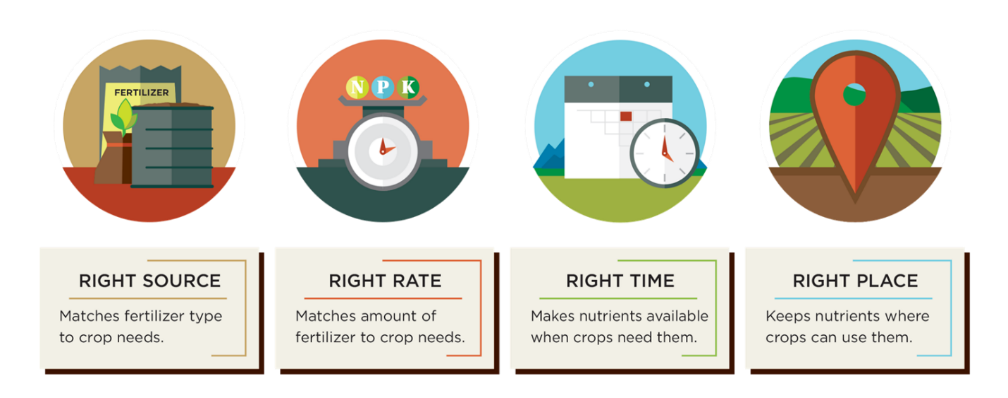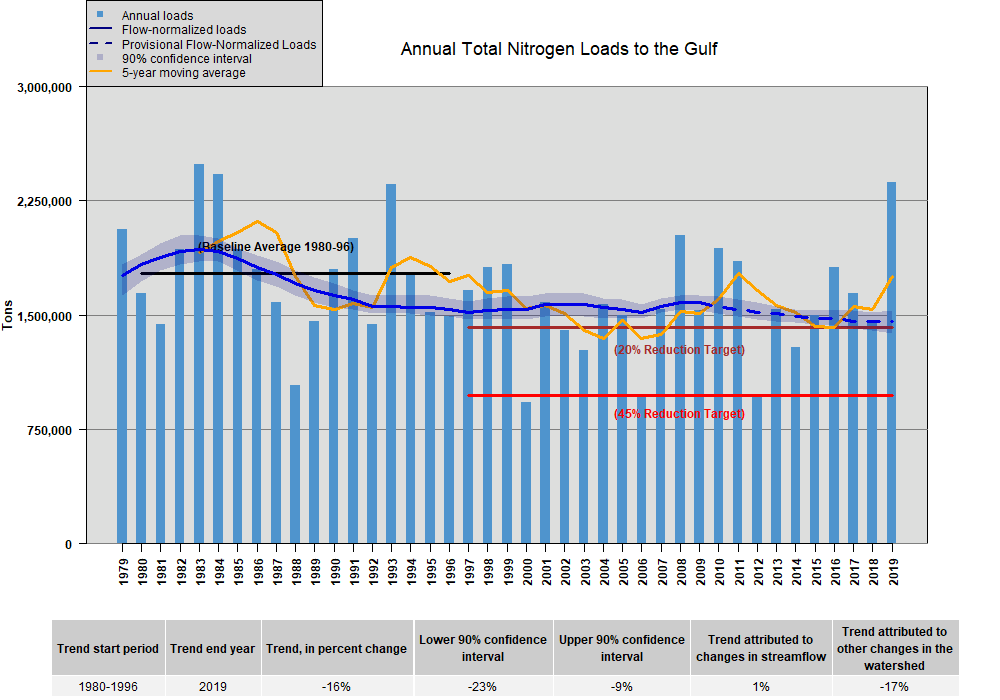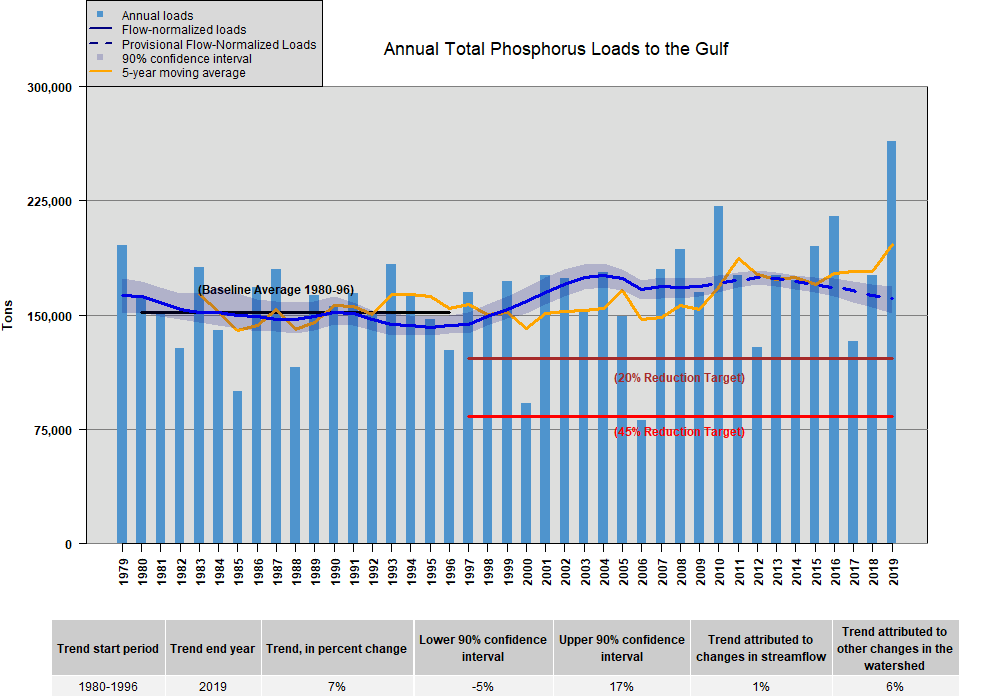
Gaining Momentum in Addressing Water Quality in North America
Water is a critical natural resource for every living thing on this planet, and at Mosaic, we believe having access to safe and abundant water is also a human right. In 2020, we announced 13 Environmental, Social, and Governance (ESG) Performance Targets that layout the measurable progress we intend to make over the next five years. Several of our targets directly or indirectly support protecting and preserving water, including the goal to help farmers implement 4R Nutrient Stewardship on 25 million acres across North America.

As the world’s leading producer and marketer of concentrated phosphate and crop nutrient products, Mosaic believes doing our part to educate society on fertilizer’s impact on water is our responsibility. Efforts by the wider agricultural community, including Mosaic, have built momentum around proper fertilizer use by demonstrating the importance of 4R Nutrient Stewardship and conservation practices—and it’s helping.
If applied improperly, nutrient runoff—primarily nitrogen and phosphorus—from fertilizer can enter our water ways and have negative impacts on its quality. The issue is dynamic and complex; however, society has the tools and knowledge to improve it. Water quality trends in the U.S. began deteriorating in the mid-1900s—until the Clean Water Act was passed in 1970. We still have a way to go, but recent trends in North America show promising results.
The U.S. Geological Survey (USGS) recently published annual nutrient loads from the Mississippi River and Atchafalaya River Basins. Nutrient loads, or runoff, in the Mississippi River basin change year to year, primarily driven by water, based on the amount and frequency of rainfall for a given year (see blue columns in Figure 1 and 2). The largest flooding event since 1927 for the Mississippi River Basin was observed in 2019, accounting for the large spike in water flow. This massive amount of water movement across the landscape resulted in some of the highest annual nutrient loads observed in the last forty years and caused the eighth largest dead zone recorded. Algal blooms and dead zone formations are complex and influenced by many factors, such as water temperature, water column mixing, and wind speed (wave movement). A changing climate is adding to the complexity.
In 2020, National Oceanic Atmospheric Administration (NOAA) forecasted the dead zone to be slightly smaller than 2019 due to a 30 percent increase in nutrient loading over the forty-year average. However, it measured as the third smallest on record, contrary to projections.
These observed annual nutrient loads are highly influenced by seasonal changes and stream flow. Normalizing flow, called flow-normalization, accounts for observed water quality and seasonality of stream flows, thus providing more comparable analysis of water quality trends over time. When viewing the flow-normalized trend line for nitrogen, the observed trend has been decreasing in the region since 2008 (Figure 1- highlighted solid blue line). Phosphorus loads increased in the late 90s and early 2000s, but the flow-normalized trend has been slightly decreasing since 2013 (Figure 2- highlighted solid blue line). To reach the Hypoxia Task Force nutrient loss reduction goals of 45 percent by 2035 (see red line in Figure 1 and 2), more progress needs to occur.

Figure 1. USGS Annual Total Nitrogen Loads to the Gulf (updated to 2019). Nutrient loads normalized for flow accounts for observed water quality loads and seasonality of stream flows.

Figure 2. USGS Annual Total Phosphorus Loads to the Gulf. Nutrient loads normalized for flow accounts for observed water quality loads and seasonality of stream flows.
Recent Trends from several Corn Belt states:
- Iowa’s recent Nutrient Reduction Strategy Annual Report observed an estimated 18.5 percent reduction in phosphorus losses during a four year period compared to the Hypoxia Task Force baseline (1980-1996). This was in large part to practices that reduce soil conservation and improved nutrient management (4Rs). During the same four-year period, nitrogen loads increased by an estimated 5 percent, demonstrating that more progress is needed to meet the Gulf of Mexico’s Hypoxia Task Force goals of a 45 percent reduction of nitrogen and phosphorus loads by 2035.
- Illinois’s recent Nutrient Loss Reduction Strategy Biennial Report found significant improvements in reducing phosphorus loads from point sources by 24 percent, however, river nutrient loading estimates compared to the baseline period increased over the same five year period (2013-2017).
- In Minnesota, river monitoring sites recorded a 48 percent reduction in phosphorus loading over the last ten years, whereas, nitrogen loads have been increasing by as much as 37 percent.
- Indiana’s recent report on progress towards its Nutrient Reduction Strategy stated since 2014, Indiana has reduced 8.2 million pounds of phosphorus and 16.6 million pounds of nitrogen within the watersheds that drain towards the Mississippi River Basin. Indiana is documenting Best Management Practices that have been adopted since 2013 to demonstrate the amount of nutrients reduced due to these practices on the landscape.
Managing fertilizer use under 4Rs, allows optimal control over farmers’ ability to support retainment of nutrients in the field. Without 4Rs, edge of field practices, cover crops and other conservation best practices, will not reach their full extent in reducing nutrient losses at the field edge. We believe that by diligently following these practices, water quality will improve and be sustained for generations to come.
